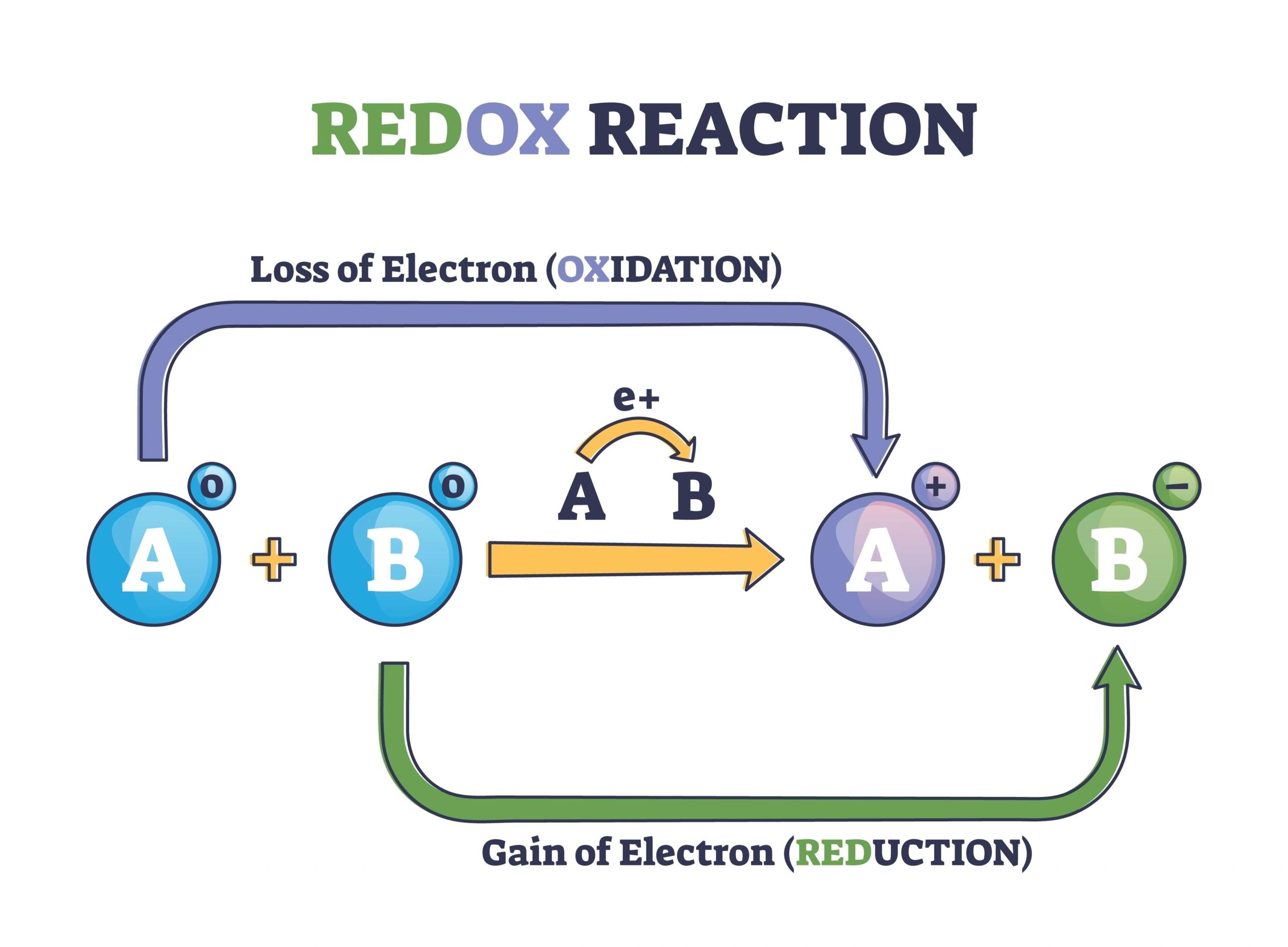NAD Acts As A Hydrogen Carrier in Cell Respiration
- NAD (nicotinamide adenine dinucleotide) is a key molecule in cellular respiration.
- It transfers electrons and hydrogen atoms between reactions, allowing cells to capture and use energy efficiently.
What is Oxidation and Reduction?
- Before diving into NAD’s role, let’s clarify two essential concepts: oxidation and reduction.
- Oxidation: The loss of electrons (or hydrogen atoms) from a molecule.
- Reduction: The gain of electrons (or hydrogen atoms) by a molecule.

OIL RIG, Oxidation Is Loss, Reduction Is Gain.
Note- These reactions always occur together, forming redox reactions.
- NAD⁺ acts as an electron sink, capturing high-energy electrons during metabolic reactions.
NAD in Cell Respiration
- NAD is a molecule that can carry electrons and hydrogen atoms from one molecule to another.
- This is important in processes like cell respiration, where energy stored in glucose is released step by step.
- In the first part of cell respiration, glycolysis and the Krebs cycle, NAD helps remove hydrogen from substrates (like glucose or fatty acids).
- When NAD removes hydrogen, it becomes reduced (NAD+ becomes NADH), and the substrate it took the hydrogen from is oxidized.
- NAD+ is a coenzyme, meaning it helps enzymes but is not consumed in the process.
- Once it becomes NADH, it can later release its electrons to help produce ATP.
- NAD+ does not provide energy directly.
- It carries energy in the form of electrons and hydrogen.
1. Glycolysis
- Occurs in the cytoplasm.



